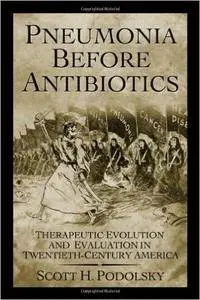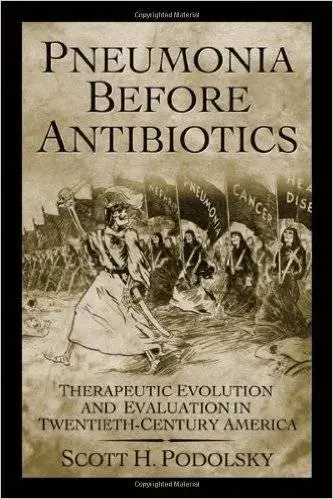Pneumonia Before Antibiotics: Therapeutic Evolution and Evaluation in Twentieth-Century America by Scott H. Podolsky
English | Mar. 23, 2006 | ISBN: 080188327X | 267 Pages | PDF | 2 MB
English | Mar. 23, 2006 | ISBN: 080188327X | 267 Pages | PDF | 2 MB
Pneumonia―Osler's "Captain of the Men of Death" and still the leading infectious cause of death in the United States―has until now received scant attention from historians. In Pneumonia Before Antibiotics, clinician-historian Scott H. Podolsky uses pneumonia's enduring prevalence and its centrality to the medical profession's therapeutic self-identity to examine the evolution of therapeutics in twentieth-century America.
Focusing largely on the treatment of pneumonia in first half of the century with type-specific serotherapy, Podolsky provides insight into the rise and clinical evaluation of therapeutic "specifics," the contested domains of private practice and public health, and-as the treatment of pneumonia made the transition from serotherapy to chemotherapy and antibiotics―the tempo and mode of therapeutic change itself. Type-specific serotherapy, founded on the tenets of applied immunology, justified by controlled clinical trials, and grounded in a novel public ethos, was deemed revolutionary when it emerged to replace supportive therapeutics. With the advent of the even more revolutionary sulfa drugs and antibiotics, pneumonia ceased to be a public health concern and became instead an illness treated in individual patients by individual physicians. Podolsky describes the new therapeutics and the scientists and practitioners who developed and debated them. He finds that, rather than representing a barren era in anticipation of some unknown transformation to come, the first decades of the twentieth-century shaped the use of, and reliance upon, the therapeutic specific throughout the century and beyond. This intriguing study will interest historians of medicine and science, policymakers, and clinicians alike.



